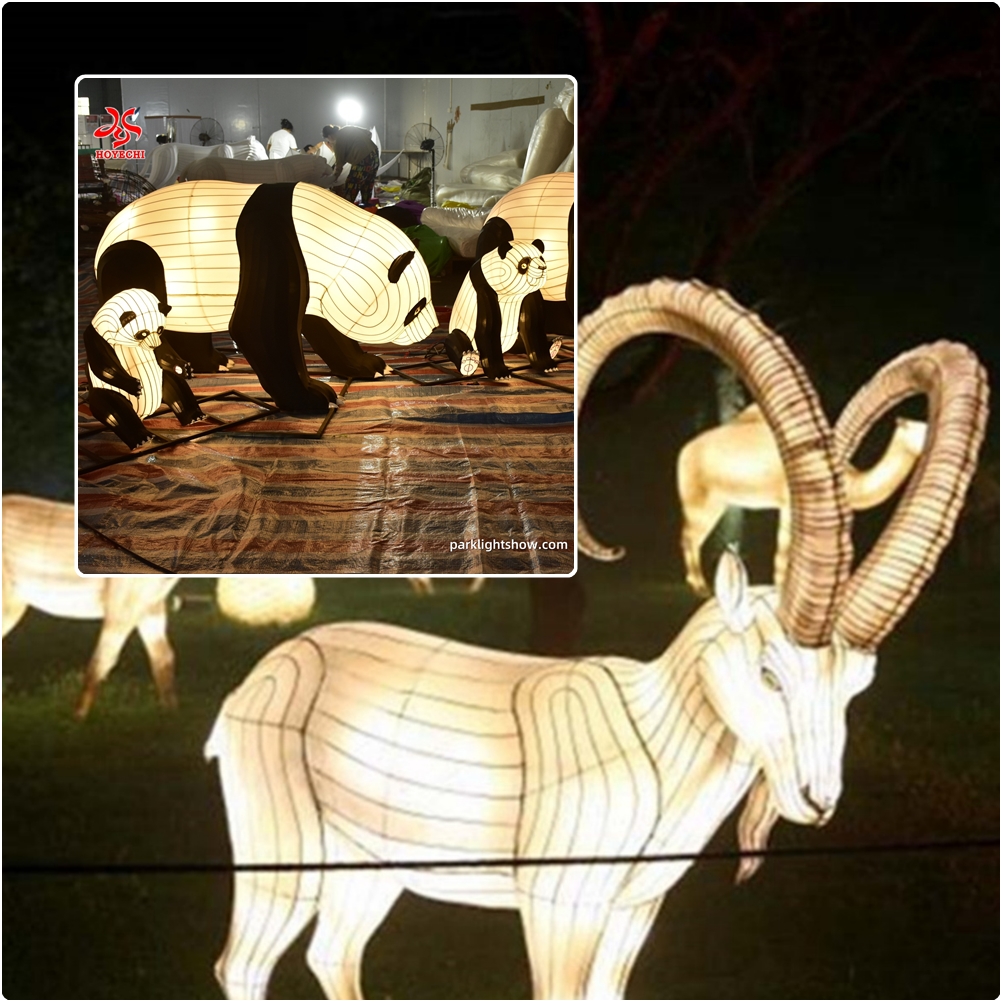What Is the Purpose of the Chinese Lanterns? — From Tradition to Modern Light Festivals
Chinese lanterns are more than decorative objects — they are rich cultural symbols that have evolved over centuries. From warding off evil spirits during traditional festivals to illuminating massive modern light installations, lanterns continue to embody the fusion of heritage, celebration, and innovation.
1. Traditional Symbolism: Wishing for Fortune and Happiness
In Chinese tradition, red lanterns symbolize prosperity, joy, and good luck. During the Lunar New Year and Lantern Festival, families hang lanterns at their doors to invite blessings and drive away misfortune. Lanterns mark joyful occasions, from weddings to temple fairs, bringing light and optimism to life’s milestones.
2. Spiritual and Ritual Use: Honoring the Ancestors and the Divine
Lanterns play a significant role in religious practices. In Taoist and folk traditions, lanterns are used in temples, memorial rites, and ancestral ceremonies. Floating lanterns during the Ghost Festival guide spirits safely, while eternal flame lanterns in temples symbolize peace and reverence.
3. Modern Transformation: From Traditional Lanterns to Giant Light Displays
Today, traditional lanterns have transformed into large-scale illuminated installations. In festivals like Spring Festival, Mid-Autumn Festival, National Day, and even Christmas or New Year’s Eve, cities showcase giant thematic lanterns that integrate storytelling, LED lighting, and interactive designs. These large lanterns appear in:
- Urban parks with immersive dragon, phoenix, or zodiac lanterns
- Commercial plazas with walk-through light tunnels and photo zones
- Cultural tourism zones with custom installations based on local legends
These displays not only attract tourists but also enrich local night economies and enhance the festive atmosphere.
4. Global Cultural Exchange: Lanterns on the World Stage
Chinese lanterns have become icons of cultural diplomacy. Festivals featuring Chinese lanterns are held in cities like Lyon, Chicago, and Nagasaki, fostering cultural appreciation and public engagement. These events often blend traditional Chinese aesthetics with local themes, offering a bridge between cultures.
5. Educational and Artistic Purposes
Lanterns are also tools for cultural education. In schools, museums, and workshops, lantern-making and riddle-solving activities help younger generations understand traditional values. The lantern becomes both an artistic creation and a learning experience.
From HOYECHI: Bridging Heritage and Creativity
At HOYECHI, we specialize in custom-designed giant lanterns and themed light displays for festivals, cultural parks, and urban attractions. Our works combine traditional symbolism with modern technology — from programmable LED lights to interactive installations — ensuring each lantern tells a meaningful and visually stunning story.
Conclusion: Light That Transcends Time
Chinese lanterns serve not only to illuminate physical space, but also to connect people with tradition, emotion, and imagination. As they evolve from small red lanterns to grand festival sculptures, they continue to carry the warmth of culture and the brilliance of modern creativity. Wherever they shine, they bring light to both the present and the past.
Post time: Jun-24-2025






